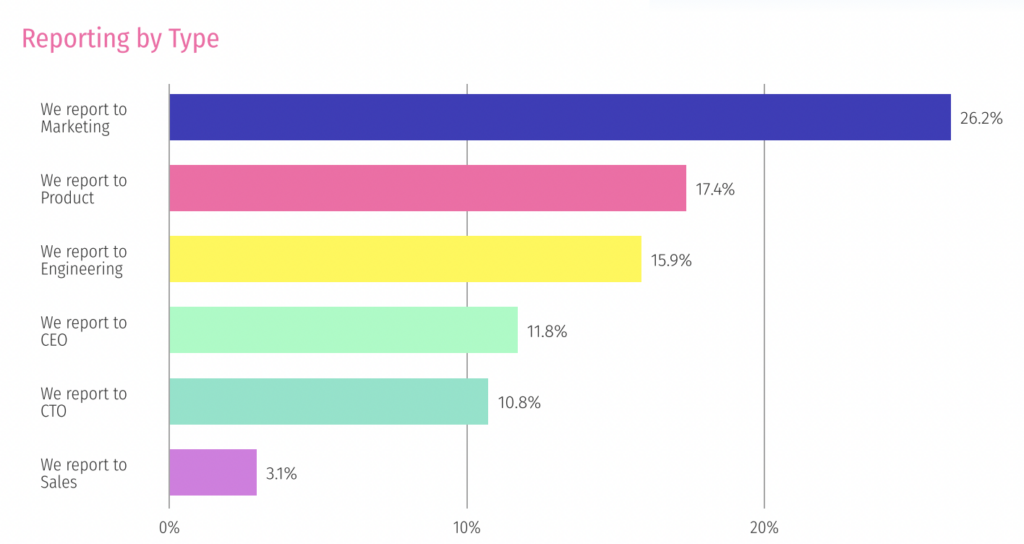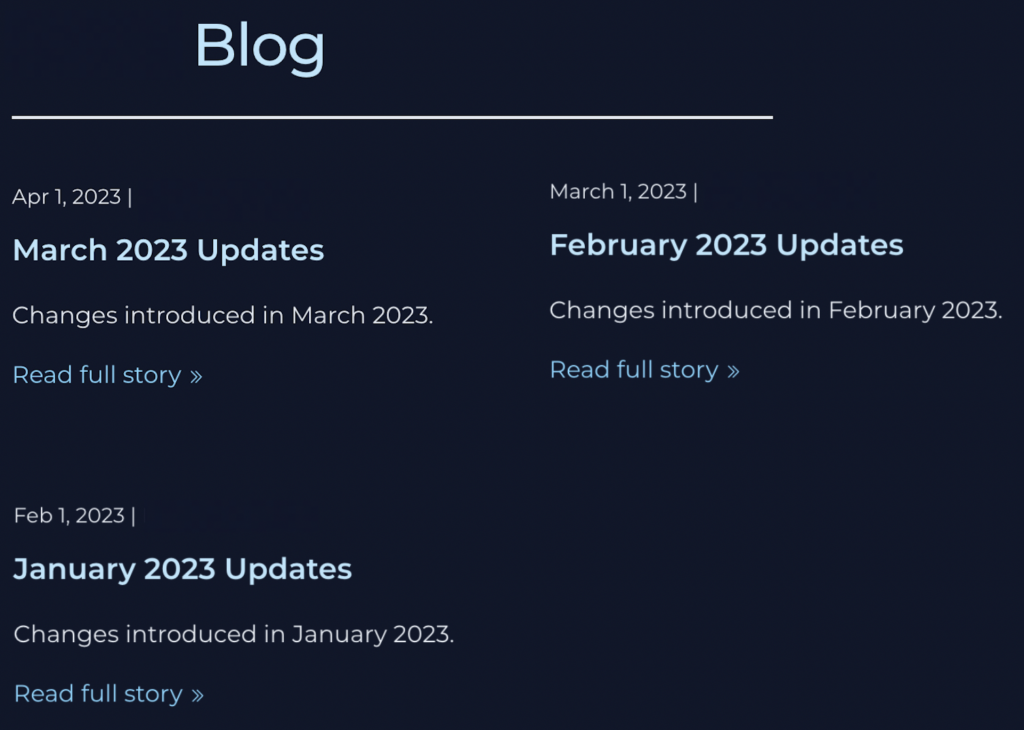The mysterious, hoodie-wearing developer drops a link into the chat. It’s a thread from GitHub, Twitter, or StackOverflow. They bring feedback from the field. Usually unvarnished, sometimes critical feedback. The sort of feedback that’s hard to get otherwise. This is one of a dozen hats worn by developer relations. And it’s so hard to understand if you haven’t been there—especially if you are a marketer with a technical product and a content calendar to fill.
Though it varies by organization, developer relations and marketing sometimes have a contentious relationship. Yet when both groups are doing right by their technical audience, everyone should be moving in the same direction.
In this post, we’ll look at some ways to recognize similar goals between marketing and developer relations. Then, you can collaborate on content projects that make sense for the organization overall. Even better, your technical audience will also get what they need—and naturally engage with the content you produce.
Align with Other Dev Rel Goals
Developer relations is not only a marketing function. Some might argue it’s not a marketing function at all. Organization-wise, marketing is the most common place for dev rel… but it’s far from the majority.

The latest State of Developer Relations report finds that dev rel also reports to product, engineering, executive levels, or even sales.
It’s unlikely for dev rel goals to map perfectly with marketing—even if it’s part of marketing. However, there should be some kind of developer engagement metric in common. Content is likely to be a great way to show engagement.
But here’s the problem I’ve noticed in many organizations where I’ve worked and consulted: content is seen as extra work.
Earlier in my career, I’d follow up with an internal collaborator, and receive an answer like, “I should have time this evening or over the weekend.” If you hear this, it’s an anti-pattern. You want content to fit naturally into existing work, not be seen as something to do when there’s a lull or as a one-time favor.
Find out developer relations’ goals and see how you can ensure your marketing content goals align with them. You’ll have a much easier time soliciting contributions and the quality is likely to be higher.
Technical Content Is Not Enough
When we seek out content contributions from others, we often take what we can get. I’ve been there myself, feeding the technical content engine. One look at your analytics shows that some types of content are more successful than others. Do more of what works, right?
You might even find that technical articles perform better than less technical pieces. But it’s important to look deeper than its technical elements.
Just because content is technical, doesn’t mean it’s engaging.

Inside each of these product updates are technical details. But you wouldn’t know it from the headline. And it’d have to be some pretty exciting technical details to engage an audience.
When the request to dev rel is merely content, you might see these less-engaging formats:
- Product updates
- Changelogs
- Event recaps
- Documentation-as-blog-posts
That last one is surprisingly common from dev rel—and incredibly well-meaning. If there’s a hole in the company’s product, dev rel has found it (and likely heard about it from the community). Content can certainly help fix or reframe the hole, but it’s unlikely to be marketing content.
When you make more specific asks, you’ll end up with better contributions.
Google used specificity to get more and better referrals from other Googlers. Rather than a blanket request for potential recruits, they asked for contacts that would be a good fit for a specific role.
You can do similarly with developer relations—or anyone you’re soliciting to produce content. Can you zero in on a subject matter, a type of post, or any guidelines that help narrow the possibilities?
Here’s a great thing in your favor: developer relations understands the audience better than anyone in the organization. That means, with a little direction, they can bring insight into what will interest, attract, and engage your technical audience.
You can improve your chances of gaining good contributions from your dev rel team if they’re bought in on your strategy. The best way to get that buy-in? Include developer relations as early as possible.
Co-create a Technical Content Strategy
When your goals are aligned and your asks are specific, a lot can be accomplished for the technical audience that marketing and dev rel both serve. But there’s still room to diverge with your content strategy, which is why it can be helpful to create it together.
The method I cover in Technical Content Strategy Decoded lends itself to collaboration. It’s the same system we use to co-create technical content strategies with our clients.
The Technical Engagement System, as we call it, relies on Content Concepts—themes that go beyond a single topic. One blog post or tutorial idea is far too granular on its own. Publishing topic after topic leads to the feeling that your content calendar is random, scattered, and unstrategic.
Instead, ask yourself what the larger concept is where the topic would belong. Are there other topics that would make sense alongside it?
Let’s say dev rel wants to write a tutorial about using the Keras framework with Python. That may be a useful topic, but it’s worth considering the potential concepts that might come from it.
For example:
- Python Machine Learning article series
- Introductory Machine Learning article series
- Deep Learning models with Keras guide
- Machine Learning workflow article series
That’s just four directions you could take based on one Keras/Python idea. Each of these could contain many topics within.
Now, you don’t just have your next topic, you might have topics for the next quarter or more.
The point is not to execute all of these ideas. Maybe there’s not a story to connect Keras to your product. Maybe there’s a more natural way to fit into your audience’s ML workflow. In that case, the fourth concept could have more potential than the others.
When you co-create a Concept Catalog, as described in my book, you make the argument—to yourself and others—about why it makes sense to invest in multiple pieces of content. This can help bring clarity to the whole team about where to focus. It also includes dev rel in a way where they can use their deep understanding of your audience to improve their own content results.
Align Your Teams Around the Right Strategy
At EveryDeveloper, we help marketing and DevRel teams co-create technical content strategies that resonate with developers and support business goals. From developing a Concept Catalog to aligning contributions across teams, our approach brings clarity and consistency to your content efforts.
Explore our services to learn how we can support your content program.
